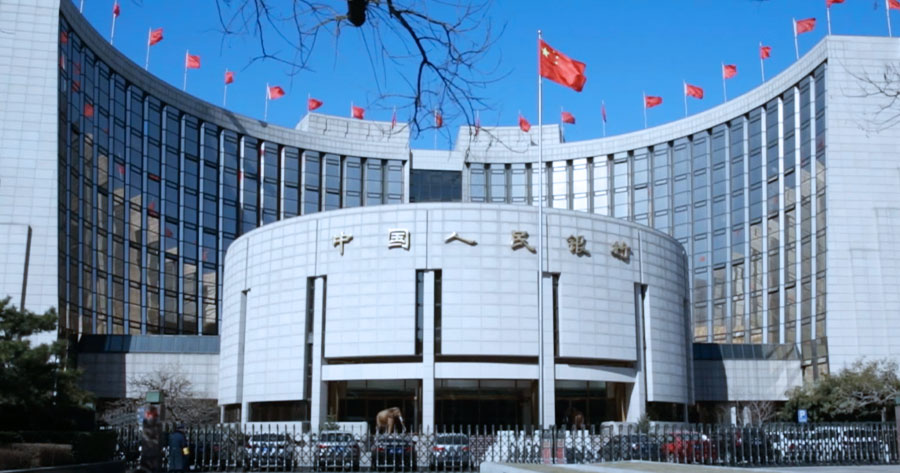The People’s Bank of China (PBOC) opted to maintain the one-year medium-term lending facility rate (MLF) at 2%, a decision foreseen by nine out of ten economists in a Bloomberg survey.
Meanwhile, the central bank also executed its largest cash withdrawal since 2014 via a one-year policy tool, withdrawing a net total of 1.15 trillion yuan ($158 billion) from the financial ecosystem.
In a notable policy change, officials vowed to adopt a “moderately loose” monetary stance for the first time in 14 years, with plans for “proactive” fiscal measures to boost the economy. However, they have held back on announcing specific stimulus actions, showing caution as they await potential tariffs from the US under President-elect Donald Trump.
Ming Ming, chief economist at Citic Securities Co., noted that maintaining the MLF rate aligns with expectations, yet forecasts a 40-50 basis point cut in 2025. The significant liquidity withdrawal raises the possibility of a reduction in banks’ reserve-requirement ratio, potentially by the end of the year.
In recent months, the PBOC has reduced its reliance on the MLF as a primary policy tool, shifting focus to the seven-day reverse repo rate to influence market borrowing costs. This rate has remained steady since a 20-basis point cut enacted in late September.
On Wednesday, the central bank offered 300 billion yuan in policy loans through the MLF. This move comes in contrast with the 1.45 trillion yuan in maturities due this December and marks the fifth consecutive month where the PBOC has opted to withdraw liquidity on a net basis using this instrument.
Despite the current liquidity drain, the PBOC could counterbalance it using alternative tools to sustain liquidity levels. The bank injected a net 1 trillion yuan through outright reverse repurchase agreements and government bond purchases in November.
Market participants are now anticipating substantial rate cuts from China next year, a sentiment that has driven benchmark sovereign bond yields to historic lows.





